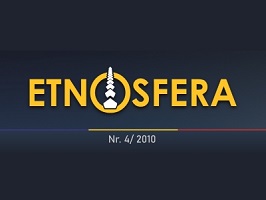Discontinuity and Continuity of Identity. Romanian Elites after 1989
Discontinuity and Continuity of Identity. Romanian Elites after 1989
Author(s): Radu Baltasiu, Lucian Dumitrescu, Ovidiana Bulumac, Gabriel SăpunaruSubject(s): Political history, Social history, Government/Political systems, International relations/trade, Transformation Period (1990 - 2010), EU-Approach / EU-Accession / EU-Development, Politics and Identity, Identity of Collectives
Published by: Editura Academiei Române
Keywords: post 1989; Romania; elites; identity; continuity;
Summary/Abstract: For the states from Central and Eastern Europe, NATO represented a precondition for their joining to the European Union, as Madeleine Albright, the US ambassador to the United Nations, later the Secretary of State of the US, let drift – ”[t]he partnership for peace is the first step in a process, through which the new democracies from Central and Eastern Europe have the opportunity to find their own paths towards the integration into Western systems” (Bauer, 1994). For this part of Europe, these were the coordinates laid out: for instance, the ten EU member states from May 2004 (aside from Cyprus), joined NATO in this order: Poland, Hungary, The Czech Republic – on the 12th of March 1999, and the others on the 29th of March 2004. For Romania and Bulgaria, the integration into NATO took place on the 29th of March 2004 too, and they became EU members on the 1st of January 2007. NATO represents the historical need of security, and EU the framework of prosperity. The phrase that is so common in Romanian public discourse – ”Euro-Atlantic integration”, therefore designates the guaranty of prosperity within the two international bodies.
Journal: Etnosfera
- Issue Year: 8/2010
- Issue No: 4
- Page Range: 1-22
- Page Count: 22
- Language: English

